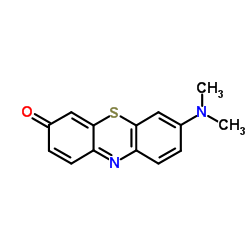Chronological and replicative lifespan of polyploid Saccharomyces cerevisiae (syn. S. pastorianus).
Dawn L Maskell, Alan I Kennedy, Jeff A Hodgson, Katherine A Smart
Index: FEMS Yeast Res. 3(2) , 201-9, (2003)
Full Text: HTML
Abstract
Chronological lifespan may be defined as the result of accumulation of irreversible damage to intracellular components during extended stationary phase, compromising cellular integrity and leading to death and autolysis. In contrast, replicative lifespan relates to the number of divisions an individual cell has undertaken before entering a non-replicative state termed senescence, leading to cell death and autolysis. Both forms of lifespan have been considered to represent models of ageing in higher eukaryotes, yet the relation between chronologically and replicatively aged populations has not been investigated. In this study both forms of lifespan have been investigated in Saccharomyces cerevisiae (Syn. S. pastorianus) to establish the relationship between chronological and replicative ageing.
Related Compounds
| Structure | Name/CAS No. | Molecular Formula | Articles |
|---|---|---|---|
 |
DIMETHYLTHIONOLINE
CAS:2516-05-4 |
C14H12N2OS |
|
Analysis and testing of biological stains--the Biological St...
2002-01-01 [Biotech. Histochem. 77(5&6) , 237-275, (2002)] |
|
Extractive spectrophotometric determination of some anti-inf...
1989-04-01 [Analyst 114(4) , 513-5, (1989)] |
|
Factors affecting virus photoinactivation by a series of phe...
1998-03-01 [Photochem. Photobiol. 67(3) , 343-9, (1998)] |
|
Quantification of cationic anti-malaria agent methylene blue...
2008-03-01 [J. Chromatogr. B. Analyt. Technol. Biomed. Life Sci. 863(2) , 273-82, (2008)] |
|
Simultaneous determination of methylene violet, halogenated ...
1997-12-19 [J. Chromatogr. B. Biomed. Sci. Appl. 704(1-2) , 265-75, (1997)] |